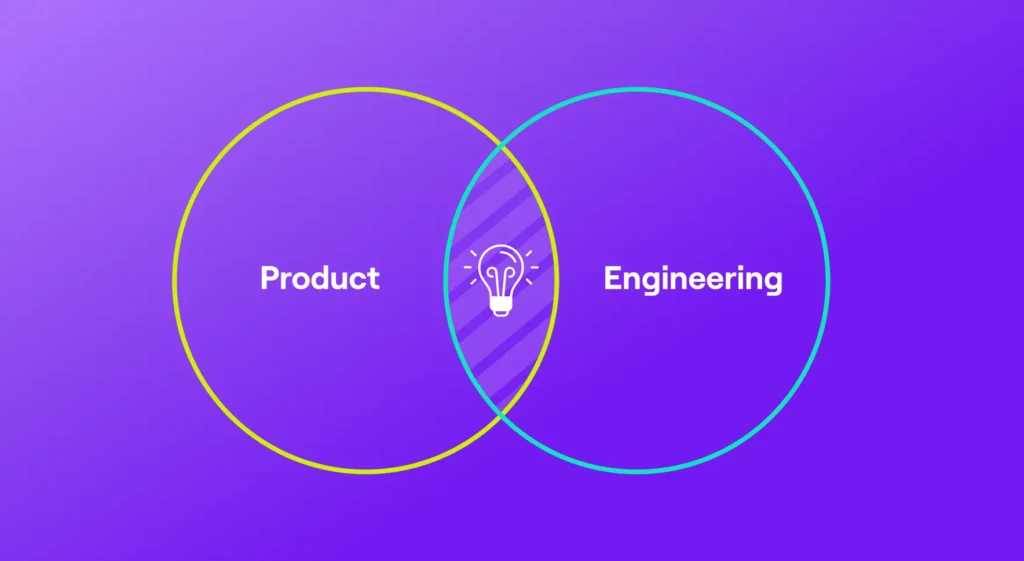During periods of business growth, engineering leaders are responsible for scaling their teams to meet business demands. And in order to meet growth goals, the most effective engineering leaders hire aggressively while also adapting team processes to account for the influx of new team members and increasing demands. Leaders will commonly restructure their organizations, while also hiring new levels of management, directors, and team managers. They also often adopt new technologies that increase team collaboration, help provide greater visibility into their team’s work, or facilitate DevOps practices as they grow.
All the signs from the 2022 State of Engineering Management Report suggest that engineering leaders are poised to invest heavily in the people, process and technology that will help scale their team’s output. In this post, we’ll examine what the data is telling us about engineering team growth goals in 2022, and what leaders should consider as they plan to invest for the future.
Engineering Leaders Are Investing For the Future
Engineering organizations plan to hire aggressively
56.7% of the engineering leaders that we surveyed expect their teams to grow by over 10% next year. And while 10% growth is a sizable amount for established enterprise engineering organizations, this data might be understating the number of companies (such as small businesses) that will be growing well beyond that 10% range of growth.
And as leaders hire for 2022 needs, teams are focused on the virtual ramping and onboarding process. When asked about challenges in 2022, 45% of engineering leaders voiced that staying focused on priority work is number one. We also identified a common theme around growth with responses of ramp time, virtual onboarding, and hiring taking second priority.
Infrastructure work was a bigger focus in 2021
It’s clear that companies are planning to hire more in 2022, but we have also observed that companies are shifting their work allocation priorities, or the types of work they are doing. Infrastructure work in 2021 made up an average of 19% of engineering teams’ total time, a 46% increase from the previous year. This signals to us that teams are being intentional about prioritizing work that will help them move faster, hire more aggressively, and ultimately scale their total output to match company growth goals.
Leaders are investing in tooling, process, and engineering operations
We asked engineering leaders about what their highest priorities were heading into 2022, and the results were definitive. Improving engineering team operations, tools, and process was the highest chosen answer by nearly 20 percentage points, with approximately 36% of leaders reporting this as their top priority. Hiring and retaining talent took the second spot at 18%, and improving infrastructure was third at 17%. These findings serve to further support the trends that we discussed previously.
Engineering Management Platforms Help Engineering Teams Scale
Despite many leaders taking measures to scale their teams in 2022, our data shows that there may be a few remaining bottlenecks that will keep certain teams from scaling their total team output, or further improving operational efficiency.
The Visibility Challenge
Firstly, visibility was still an unresolved challenge last year. In the 2021 State of Engineering Management Report, visibility was reported as a key challenge for engineering leaders, and unplanned work ranked relatively high as a percentage of time spent, especially for teams not using engineering management platforms (EMPs).
This metric – the amount of unplanned work – can be seen as a key indicator of team visibility. In 2022, the average team actually spent more time facing unplanned work. The average now stands at 22% of total time spent, up from 19% in 2020. The good news is that despite not having reduced the total unplanned work in 2021, leaders are aware that this is still a challenge to overcome, and our study showed that data-driven teams – those using an EMP – decreased unplanned work by nearly 48%.
Leaders want to be data-driven, but they perceive barriers to entry
One of the more interesting findings from our recent research was that leaders overwhelmingly show a strong desire to track engineering metrics, but only a fraction are optimally doing so today. While nearly 70% of technical leaders cited tracking engineering operational metrics as important or critical, only 27% actually track these. Moreover, over 53% of these engineering leaders who track metrics do so manually today.
But the findings are clear: across all industries, data-driven engineering teams were able to spend more time on growth and innovative work and less time on unplanned work and KTLO activities. They also increased their operational metrics like issue cycle time, issues resolved per week, and PRs reviews completed. In other words, data-driven leaders are enabling their teams to become more operationally efficient while also increasing the amount of time they spend on the highest priority work.
As engineering leaders scale their teams and build for growth, taking a data-driven may prove the most effective path to success, and Engineering Management Platforms are a key tool in achieving data-driven engineering leadership. Read the State of Engineering Management in 2022 to see how your team compares.






